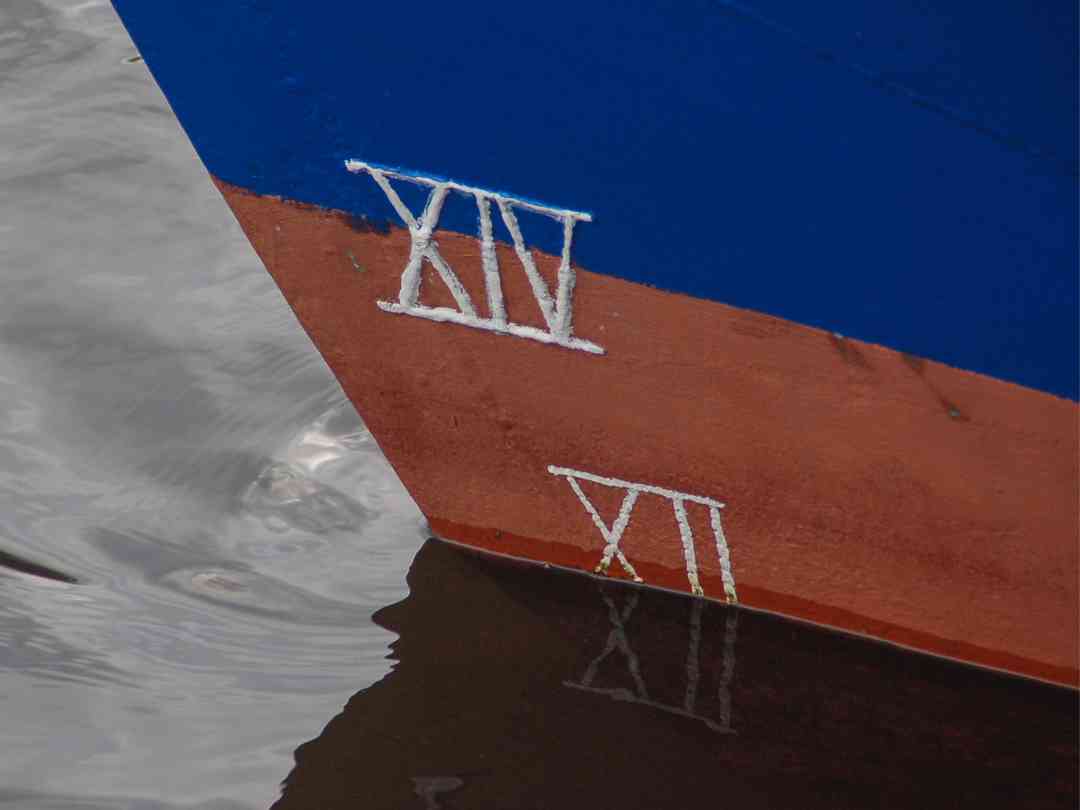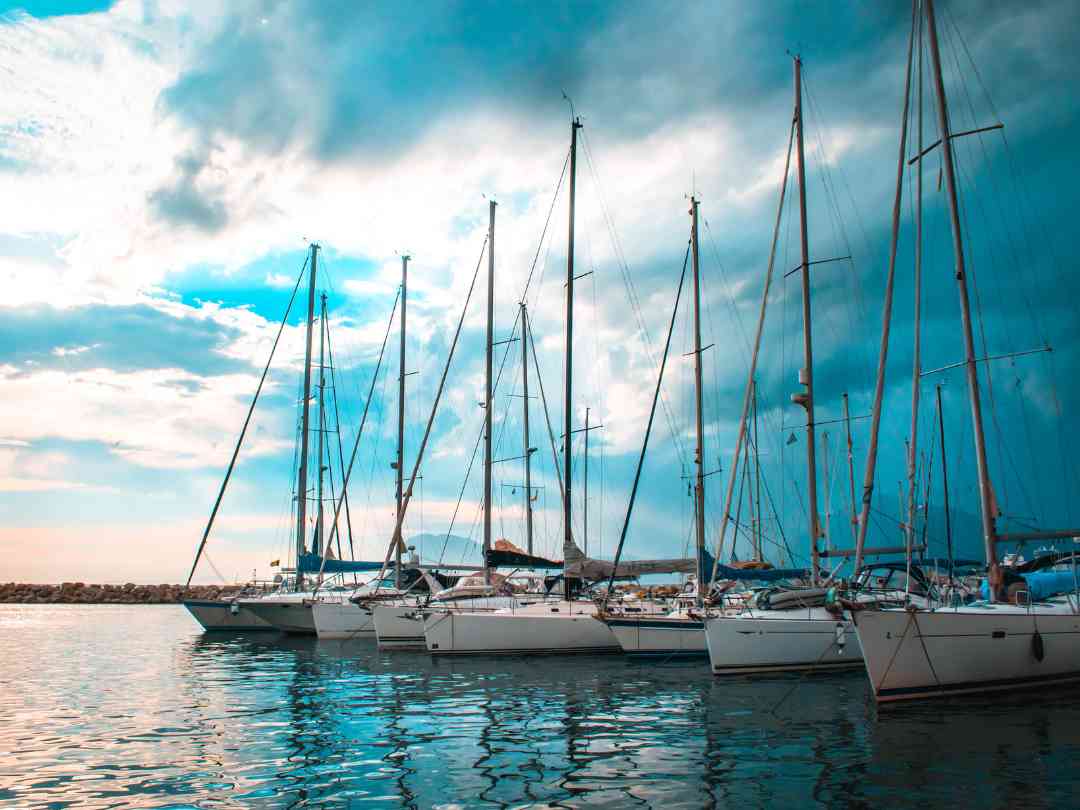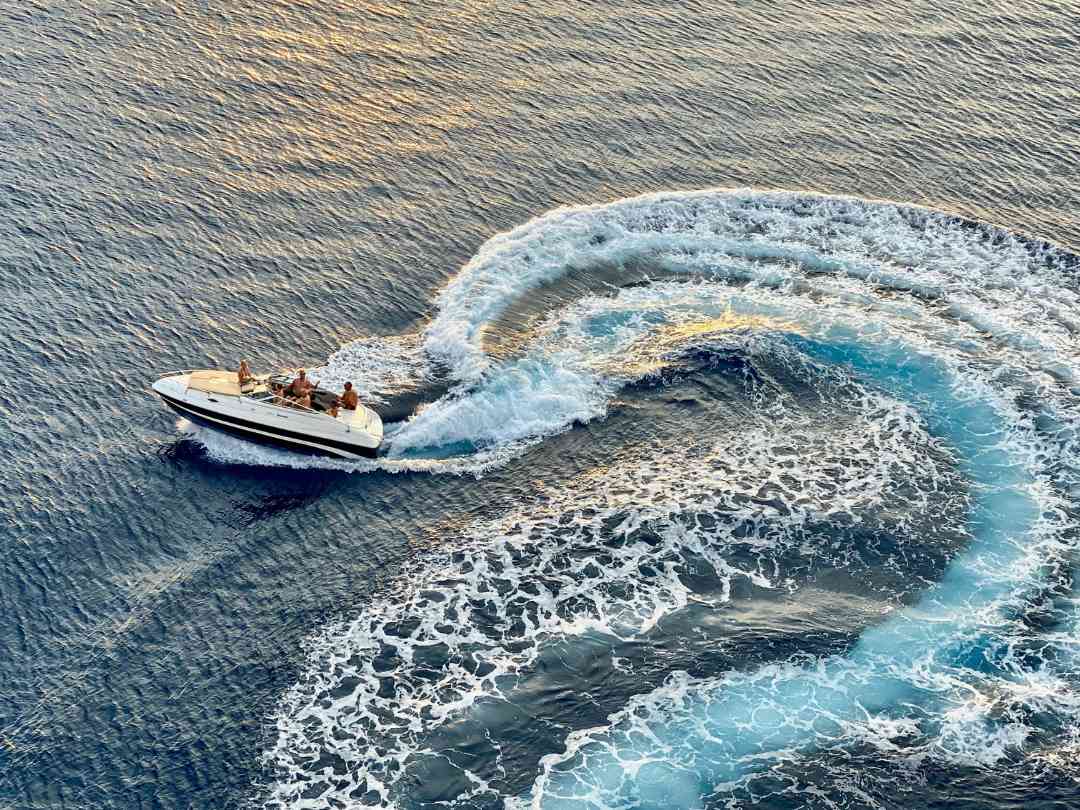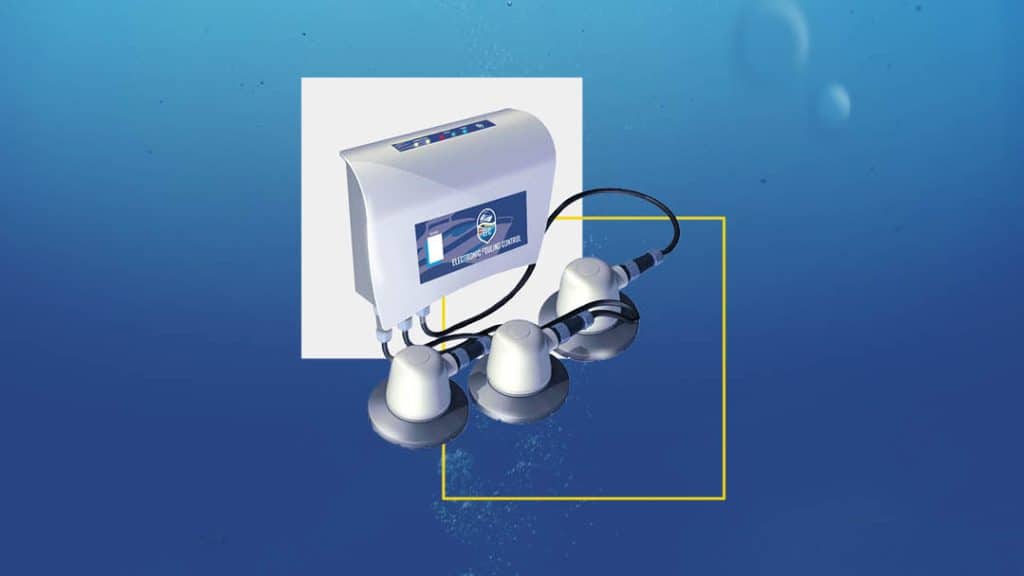Antifoul paint as the name suggests prevents marine fouling, but what exactly is marine fouling and how does it affect your boat?
What is marine fouling?
Marine fouling is the build up of marine growth on the areas of your boat that are in the water, preventing this is the bane of many a boat owners existence!
To begin with, small microorganisms, slime and algae attach. Then, over time, organisms that feed on the algae attach as well as larger marine organisms such as mussels, barnacles and tube worms. All of this marine growth increases the drag of the boat as it travels through the water, slowing it down and reducing fuel efficiency.
What happens if you don’t antifoul your boat?
There are consequences for allowing marine fouling organisms to colonise your boat’s hull if you opt for a bare hull or poor antifouling maintenance schedule. We talk about many of these in turn below.
Reduced boat performance
Reduced performance means reduced top speeds, this is a real problem for racing boats.
Reduced fuel efficiency
The more drag on your boat the more effort it requires to move it through the water. Therefore the more fouling, the more fuel you use as the more strain you put on your boat engine. So, as well as increased fuel consumption you could potentially have a hefty engine repair bill if marine fouling is left to accumulate.
Damage to the hull
Allowing barnacles, mussels and tube worms to grow on your boat can stress and weaken submerged parts of some boat hulls. Scraping barnacles off can also further damage the bottom paint gel coat and a fibreglass hull so prevention is certainly better than cure.
Transfer of invasive species
Marine organisms hitching a ride on your boat hull can colonise the waters of your travel destinations, upsetting the careful balance of the local ecosystem. One example is the widespread damage that zebra mussels have caused since their introduction to our waters from Eastern Europe, impacting our native swan mussel population, altering the local fish population and helping to stimulate the growth of invasive weeds.
Travel and docking restrictions
The threat of invasive species transfer is so high that boats with insufficient antifouling or any marine fouling build up may be restricted from travelling and docking in certain regions. Just recently a cruise ship was held off the coast of Australia, unable to dock, due to the marine growth on its hull. Angry passengers and a large cleaning bill will likely lead the cruise company to be a little less complacent next time.
In-water hull cleaning is not great either as it releases large amounts of toxic biocide into the water around ports as well as microplastics and other polluting nanoparticles. So, in short, yes, you do really need to antifoul your boat. Having said that, what are you options when it comes to antifouling?
How does antifouling work to prevent marine growth?
Traditional antifouling paint (also known as bottom paint) is applied to the boat hull. These paints contain biocides such as copper oxide which kill the marine life and prevent it from attaching. There are two main types of antifouling paints, both of which work in different ways but which are equally as bad news for the marine environment and ecosystem with copper and other biocides able to accumulate in the food chain.
Ablative bottom paint
Ablative paint is also known as ‘self polishing’ and is applied regularly to hulls. This type of antifouling paint is gradually worn away as the boat travels through the water, removing any organisms that have attached and revealing a fresh, smooth finish on the top layer of biocide to prevent new growth from attaching.
Hard antifouling paints
This type of bottom paint requires an annual sand down to remove old paint and new paint job for your boat’s hull but a multi season paint can be applied annually. Hard paints contain higher levels of biocide that gradually leach out to prevent marine build up on the hull and other submerged areas.
There are, however, huge environmental impacts to using antifouling paints, they have the potential to damage you as a boat owner as well as the marine ecosystem you keep your boat in. You can read more about the impact of antifouling on the marine environment in our previous blog.
What are the alternatives to antifouling paint?
Not only is antifoul paint toxic to marine life, to apply antifouling paint takes time and a lot of effort as well as a yearly expense.
Ultrasonic antifouling
Here at Electronic Fouling Control we manufacture and sell ultrasonic antifouling kits for your boat that utilise ultrasonic waves which cause microcurrents around the hull of your boat, preventing biofouling from attaching.
Our kits cause no harm to marine organisms and use no toxic chemicals that build up in the food chain. One quick installation process with no thru hull drilling and you won’t need to put yourself through the annual antifoul paint chore.
If you’d like to opt for the eco friendly alternative to traditional antifouling then read our online brochure or contact our friendly team to help decide which of our products would best suit your boating needs.





